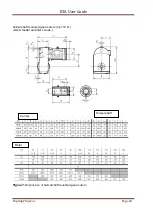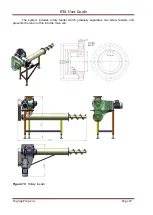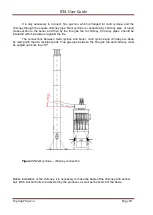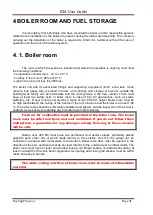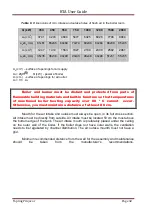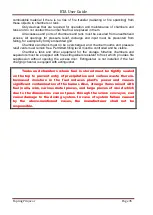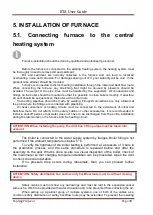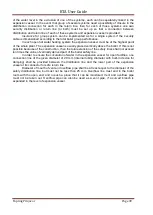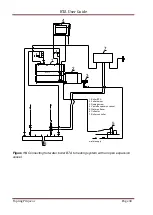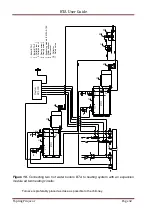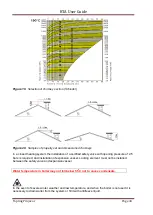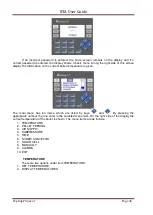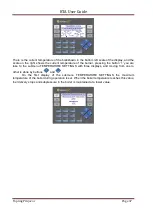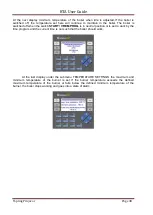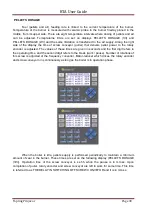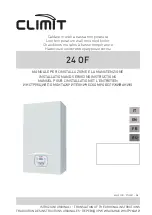
BTA User Guide
Topling Prnjavor
Page 38
5. INSTALLATION OF FURNACE
5.1. Connecting furnace to the central
heating system
Furnace installation should be done by qualified and authorised personnel.
Before the furnace is connected to the existing heating system, the heating system must
be thoroughly rinsed to remove dirt and sediment.
Dirt and sediment are normally collected in the furnace and can lead to localized
overheating, noise and corrosion. For damages arising out of it, your warranty will be void. In the
present case strainer should be mounted.
Furnace is connected to district heating installation through the initial and backflow route.
When connecting the furnace, any stretching that might be caused by pipework should be
avoided. The weight of the pipe lines must be handled by the supporters. All connections and
fittings on the boiler should be mounted so that it is possible to clean boiler smoothly. If possible,
air vent should be set just above the boiler at the initial route.
Connecting pipelines should be made by welding. Flanged connections are only allowed at
the point where the fittings are connected with pipelining.
All heat consumers or heating circuits must be connected to the extensions of initial and
backflow route. Do not attach to the safety cables or other accessories. It is recommended to
install a shut-off parts so that water does not have to be discharged from the entire installation
during the later works on the furnace and the heating circuit.
ATTENTION: When installing the pump, the direction of the pumps must be taken into
account.
The boiler is connected to the water supply system by flanges. Boiler filling is not
performed if the ambient temperature is below 5° C.
To verify the tightness of the boiler testing is performed at a pressure of 3 bars in
the production process, and the same procedure is repeated before and after the
assembly on the spot. What is done on-site is a visual inspection of the boiler, check of
the manometer so that charging complete installation can be proceeded. Open the door
to check the boiler operation.
If no pressure drop occurs during rehearsals, then you can proceed further
installation.
ATTENTION: Safety distribution line and security backflow route must be without closing
device.
Safety cables must not show any narrowings and must be laid to the expansion vessel
with such a climb to be provided with water circulation and to be prevented from collecting the air.
When setting up a parallel group of multiple systems, one or both of the cables as a
common (safety distribution or saftey backflow route) may be extended. To prevent the lowering
Summary of Contents for BTA1000
Page 70: ...BTA User Guide Topling Prnjavor Page 70...
Page 71: ...BTA User Guide Topling Prnjavor Page 71...
Page 72: ...BTA User Guide Topling Prnjavor Page 72...
Page 73: ...BTA User Guide Topling Prnjavor Page 73...
Page 74: ...BTA User Guide Topling Prnjavor Page 74...
Page 75: ...BTA User Guide Topling Prnjavor Page 75...
Page 76: ...BTA User Guide Topling Prnjavor Page 76...
Page 77: ...BTA User Guide Topling Prnjavor Page 77...
Page 78: ...BTA User Guide Topling Prnjavor Page 78...
Page 79: ...BTA User Guide Topling Prnjavor Page 79...

